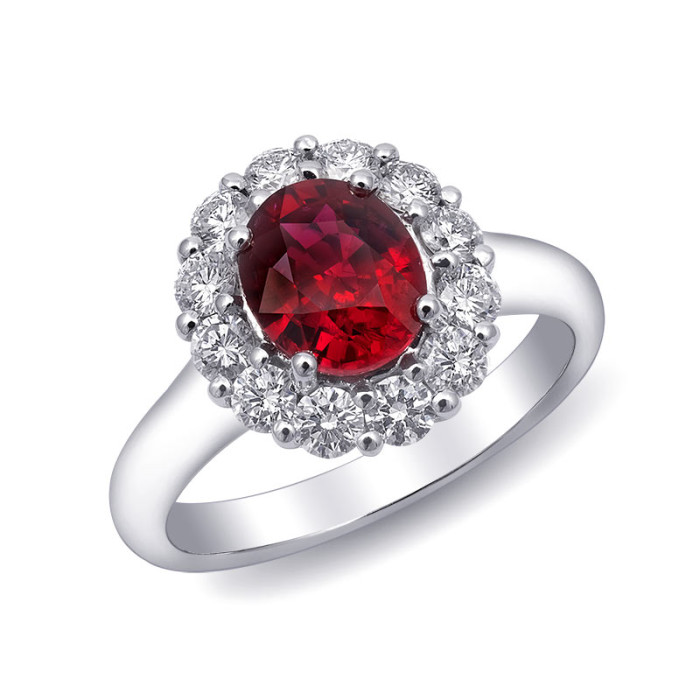Rubies are one of the most admired gemstones in the world throughout many years and centuries. In Latin “Rubens” means red, in Sanskrit it has a meaning of “King of Gems” therefore there is no surprise that this stone is so precious and generally of red color. The Ruby is mentioned four times in the Bible and viewed as a very “beautiful and wisdom stone”. In India, it is largely believed that this stone allows enemies to make peace and live in harmony with enemies. Many Medieval Europeans were wearing those stones as a symbol that generates wealth, health, success in love and wisdom to their owners.

Rubies are of red color, those that are of deep, vivid and pure shade are especially precious and expensive. The most desired ones are so called “pigeon’s blood rubies” are of a very deep red color with the shade of blue. Those stones that are of pink, orange and purple hue are considered to be rubies in some Asian countries, whereas in the United States they are largely viewed as pink or purple sapphires. It should be noted that both rubies and sapphires are corundum varieties and their differentiation largely depends on the tone, hue, saturation of stones and market culture to where they were imported.
The stones are usually very tough and are registered as a 9 on the Mohs scale of hardness, only slightly softer than diamonds. Almost all of them are heated to some degree in order to improve clarity and color. Heat does not harm the stone in any way unless heated to very high temperature. It is also expected that rubies have some level of imperfection and it is well tolerated with the exception of inclusions that impact stone’s transparency or brilliance. If that is the case the value of such stones dramatically goes down.
Due to the color and their brilliance, rubies are often associated with the essence of vibrancy of life. They are also very often used as a symbol of love and passion.
